Exterior
Lower price usually goes hand in hand with lower quality materials or overall poorer build quality. This also applies to the tested Evolveo M5. With this case, you will come across a few places where the manufacturer has clearly skimped, but as long as you define yourself as a lower-end user, you’ll most likely be fine. The main advantage here may be the attractive price that probably won’t break the bank for you.
Basic parameters
| Parameters | Evolveo |
| M5 | |
| Supported motherboard formats | Mini-ITX, mATX |
| Supported PSU format | ATX |
| CPU cooler | up to 160 mm |
| Graphics cards | up to 345 mm |
| Fan | 5× 120 mm (2× preinstalled) |
| Supported liquid radiators | 2× do 240 mm + 1× do 120 mm |
| 2,5" positions | 4 |
| 3,5" positions | 2 |
| 5,25" positions | 0 |
| Dimensions [H/D/W] (and volume) | 402 × 392 × 205 mm (32 l) |
| Materials | steel + plastic + tempered glass |
| Connectivity | 1× USB 3.2 gen. 1 + 2× USB 2.0 + 2× 3,5 mm jack |
| MSRP | 50 EUR |
Exterior
The box is packed in a standard cardboard box. The interior is protected during transport by a polystyrene filling in which the case is placed. The accessory box contains only the basic things needed to assemble it. These are screws, single-use zip ties and a motherboard buzzer for reporting errors. You don’t necessarily need to plug the latter in but keep the zip ties close, you will need them.
The left side panel came with the typical protective film glued on both sides on tempered glass. The glass thickness is slightly under four millimeters, 3.85 mm to be exact. It is held in place by four locking screws, which kind of detracts from the nice look of the case. However, it is a way of offsetting the glass from the metal structure via rubber spacers and thus also preventing possible vibration transmission. From a distance, the glass looks like it’s beautifully recessed into the holes, but that’s not entirely true. If you look closely at the top of the sheet, you can see the slightly curved end. This way, the sheet is curved both at the beginning of the case and at the end.
The entire front panel is made of plastic, except for the metal perforation. This is located on the bottom part, where the fan is also mounted from the factory. The panel can be snapped out from the structure for better access to the fan and easier cleaning. In practice, however, it’s not so easy. With the imitation vents, the chin of the front extends almost flush with the feet, so prying it out is only possible from the side where the front is beveled. It can be done, but it’s not the ideal position from where to pull the front panel.
Despite the smaller size of the case, you have the option to swap out the used 120mm fan for a 140mm fan. You can also fit the empty top position with a single 120/140 mm fan. If you would like to use a liquid cooler, you can fit its radiator here in the 280mm size. That’s a decent flexibility for fitting fans/radiators, considering the dimensions of the case along with the price tag of around 50 euros.
The perforated sheet with larger holes also serves as protection against larger dust particles. However, as the holes are around 1.5 millimetres in size, finer dust particles will still penetrate into the interior of the case.
On the front panel, you’ll find a single fan labeled Evolveo 12R1R Rainbow. Surrounding the rotor are 18 ARGB LEDs that are ready to make quite a spectacle. Along with the case, they will give you up to 60 preset options for how they will glow. Not to mention that you can stop some of the moving effects in any position, so they become stationary. There’s not a lot of information from the manufacturer about this fan, but they did provide a few things, like the speed. The maximum speed should be 1200 rpm. The manufacturer also specifies a maximum air flow of 54.37 m³/h. The bearing used is of the “rifle” type.
In the category of inexpensive cases, you will certainly be pleased with a larger than usual number of USB ports. There are three of them on the I/O panel, and even though two of them are slower USB 2.0 ports, their number will secure the M5 plus points. The rest of the functional parts include two 3.5mm jacks for microphone and headphones, a button to change the backlight of the fans, and also a button for power on or emergency power off. We must not forget to mention the two small but brightly lit LEDs between the buttons. One indicates the power on status (on all the time) and the other the disk activity (flashing when active).
Another part of the top is the perforated grille. This is supposed to protect the ceiling from particles, but it is just as (in)effective as the one in front. Fortunately, it doesn’t matter so much on the top, as it is used as an exhaust rather than an intake position. The grille is positioned a little deeper in a gutter, it doesn’t protrude anywhere. It is attracted to the structure by magnets all around its perimeter. These hold the grille in place quite well. Two 120mm fans or a liquid cooling radiator up to 240mm can be mounted under the ceiling.
The four PCI Express expansion card slot caps immediately reveal that this is a case without support for ATX and larger motherboards. As a cost-saving measure, only one of the caps remains “recyclable”. The other three underneath are snap-off. For the expansion card retaining screw headers, a simple sliding cover was included for a more complete look from the back of the case as well. There are two more holes for the power supply and motherboard I/O panel. The dimensions of the exhaust are adapted only for a 120mm fan but offer more flexibility in the vertical direction, which is not the rule for small or larger cases.
Four feet separate the structure from the ground at a height of 15 mm. Although they have a rubberized bottom, the resistance they create is not very high. A dust filter is placed underneath the position for the power supply. While this has smaller holes than the ones in the front and on top of the case, it is still not something that can keep dust out of your power supply like a nylon dust filter. Next to it are holes for various storage drawer locations.
- Contents
- Exterior
- Interior
- Test methodology
- CPU and GPU cooling tests
- Motherboard cooling tests
- SSD cooling tests
- Conclusion





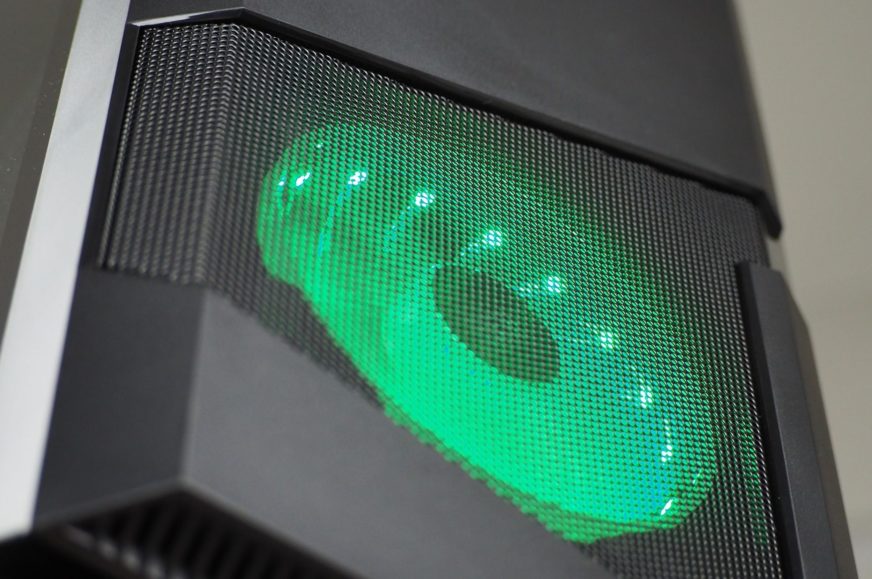
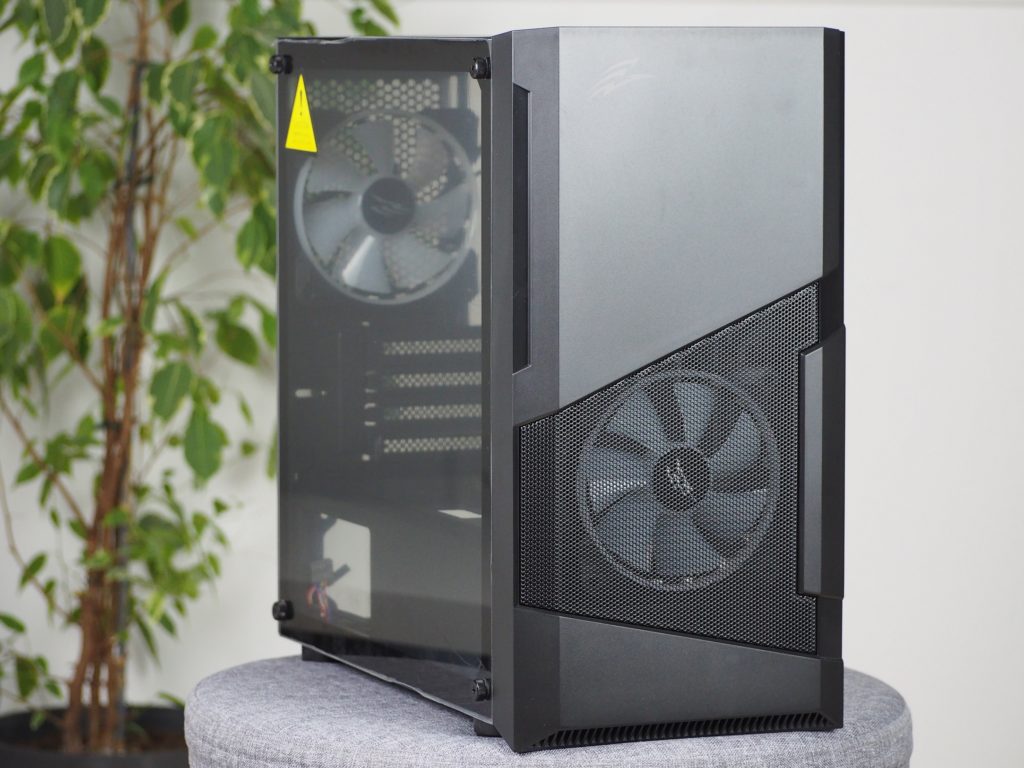
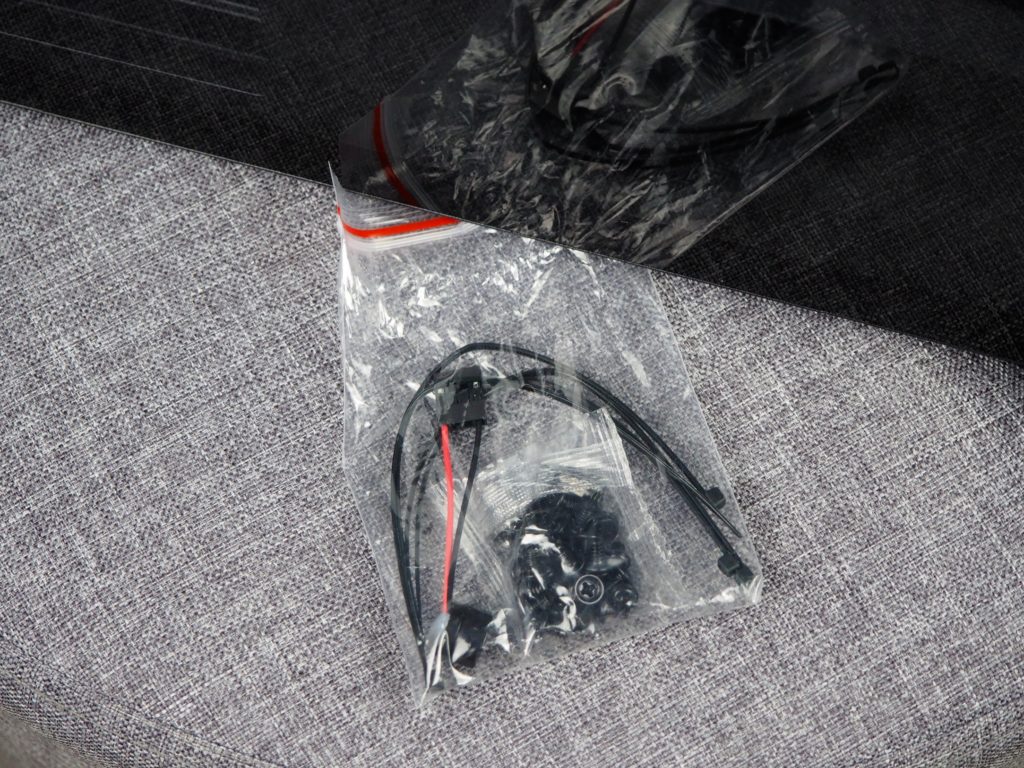
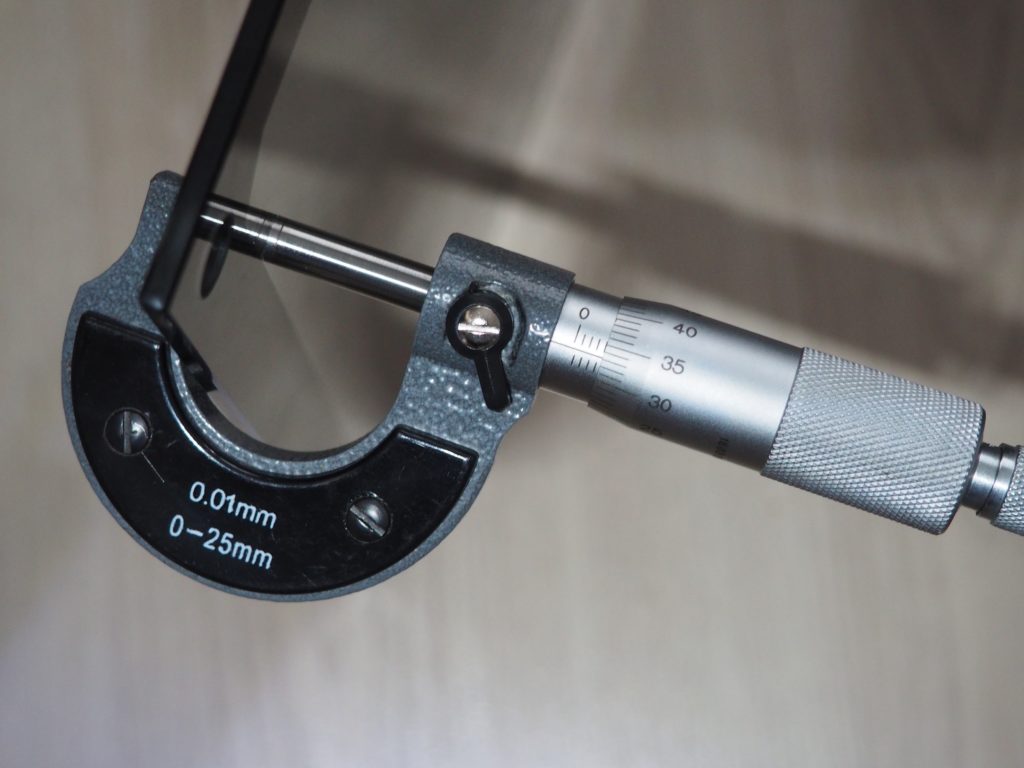
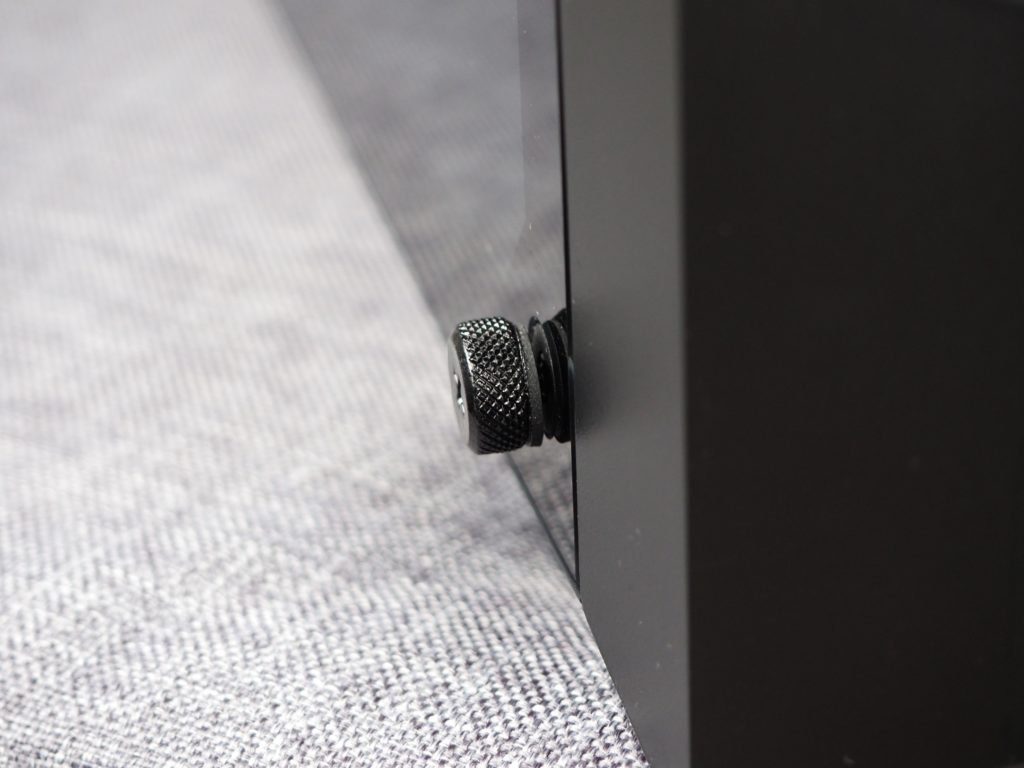
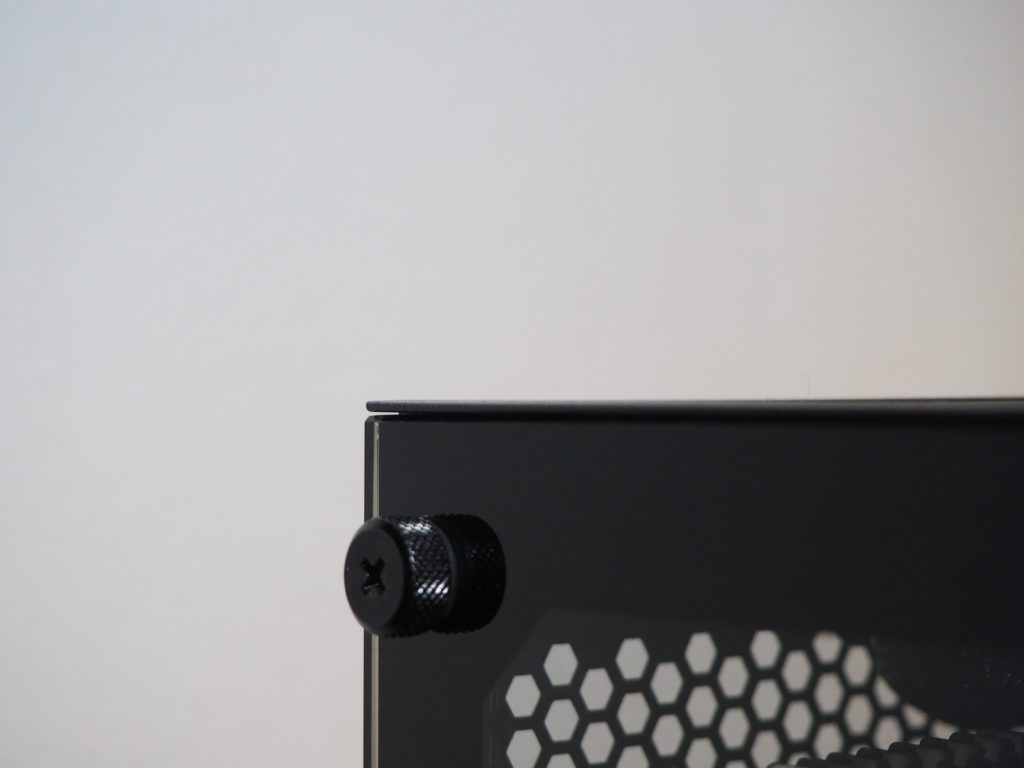
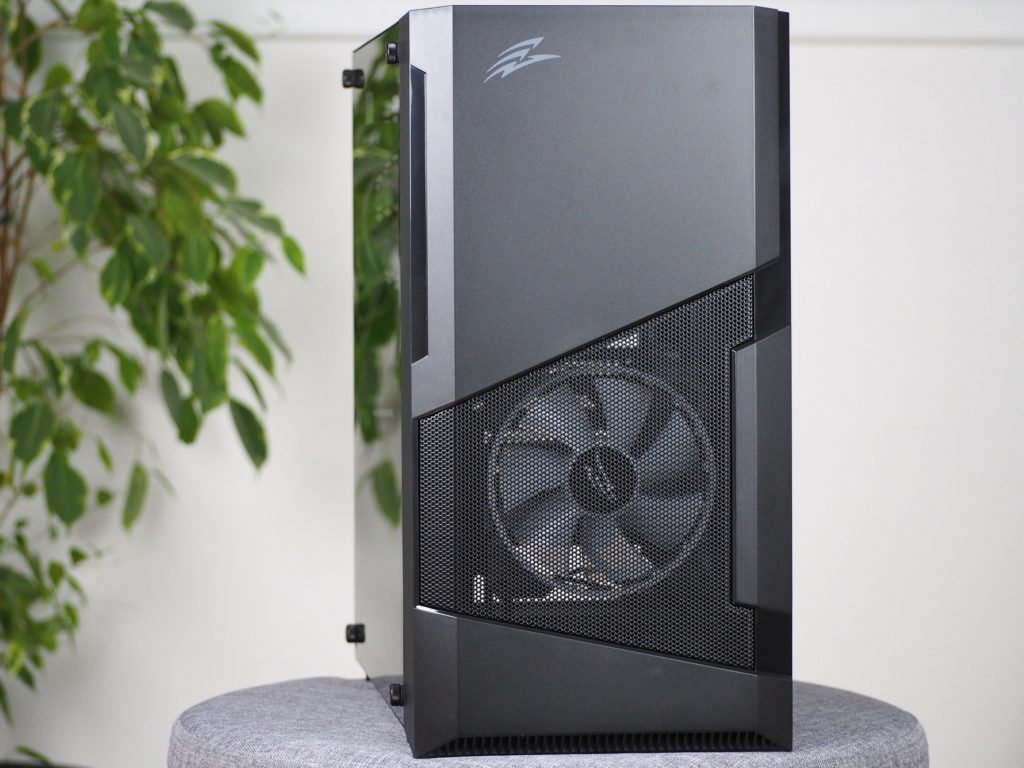
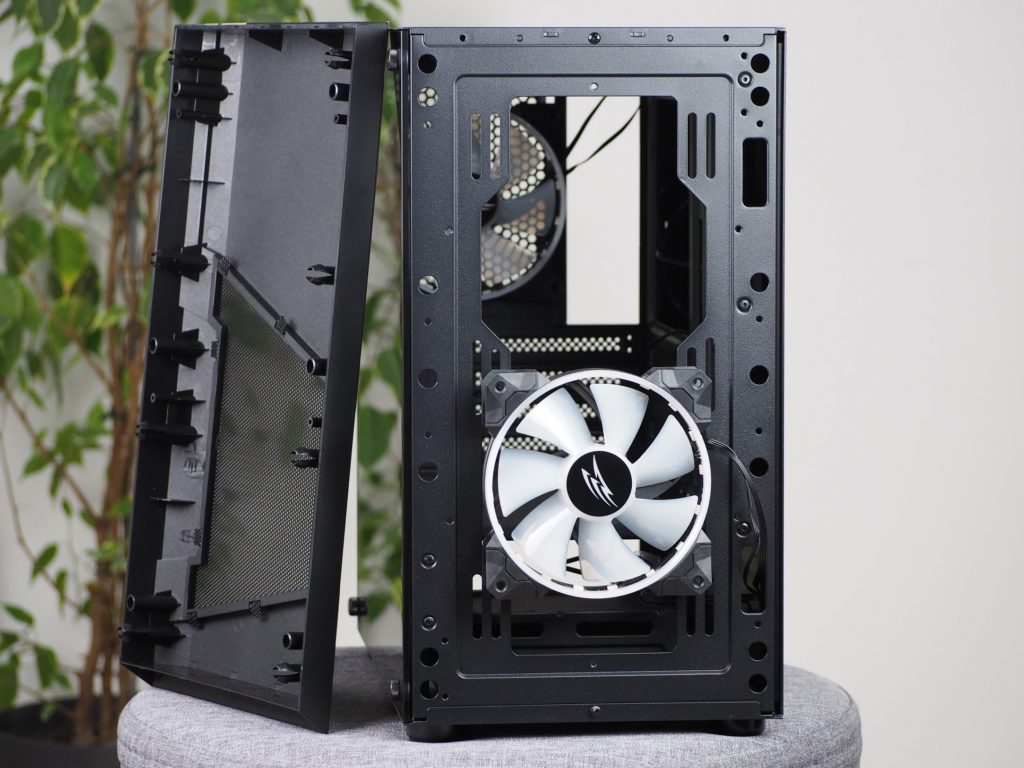
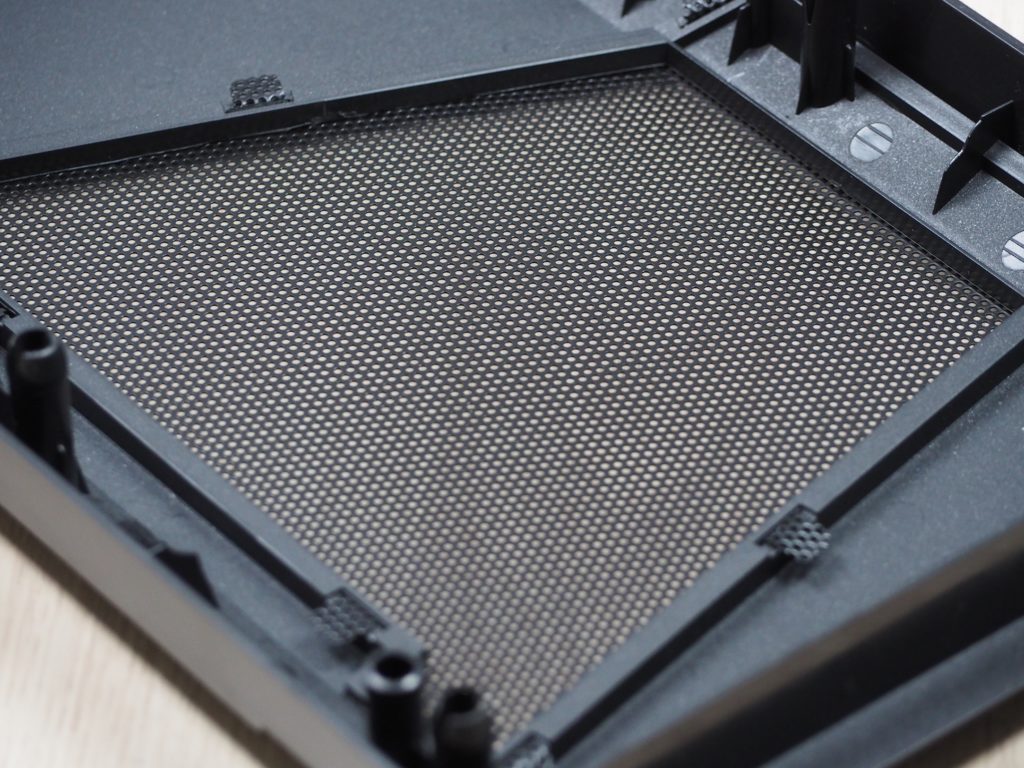
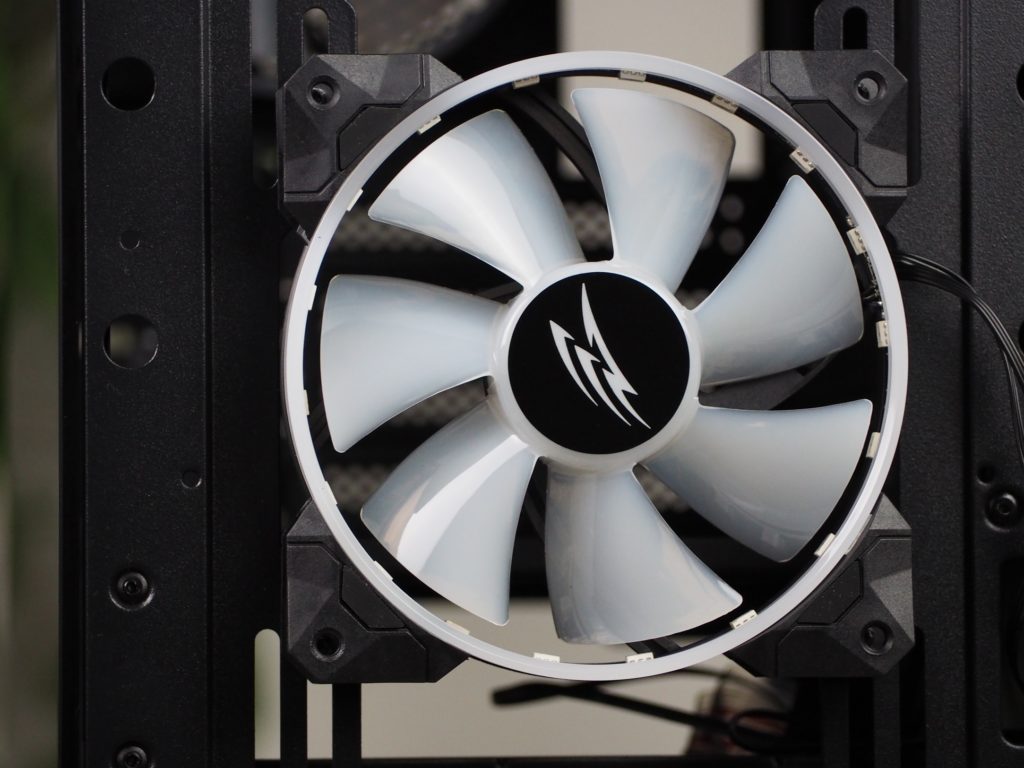
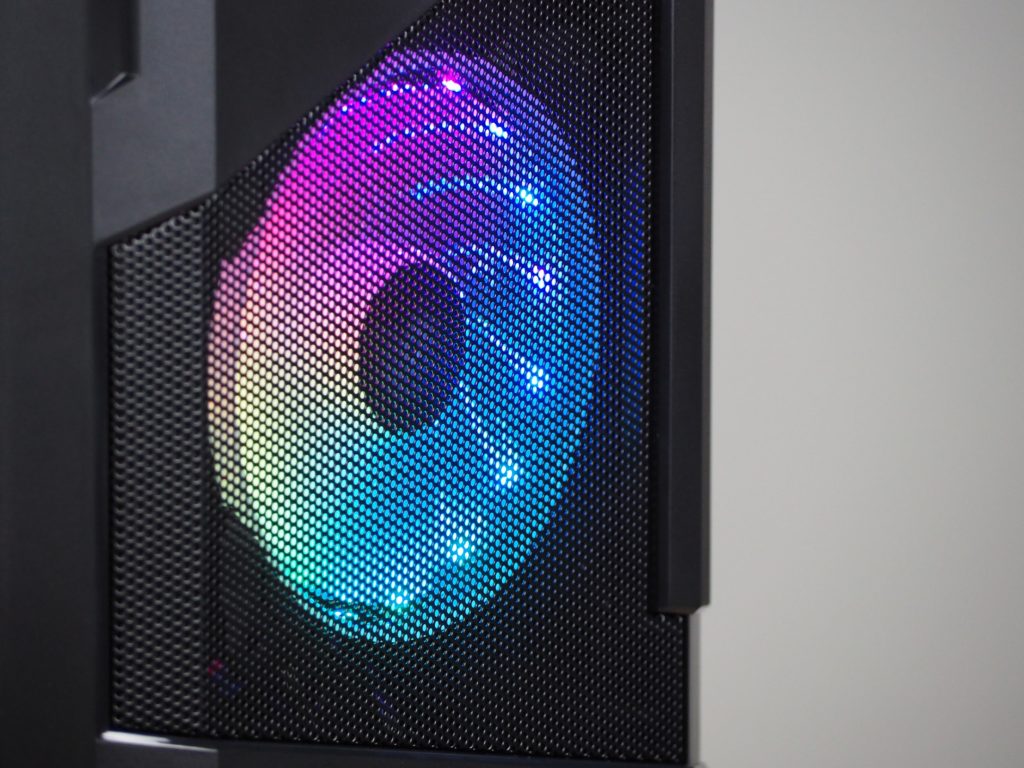

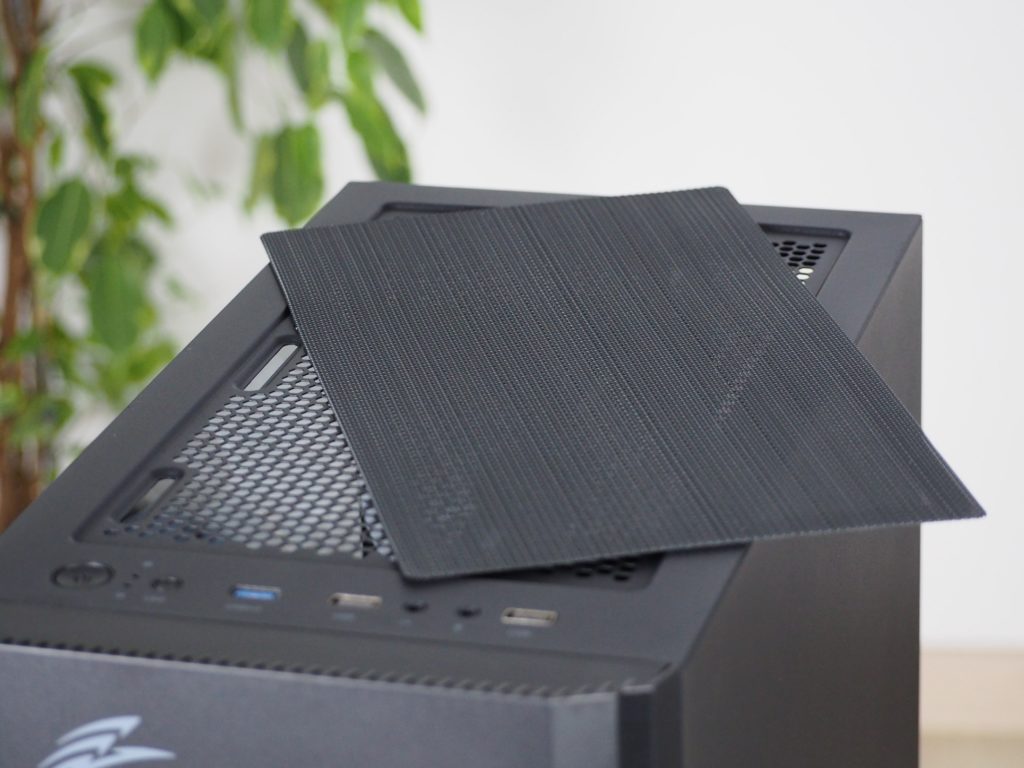
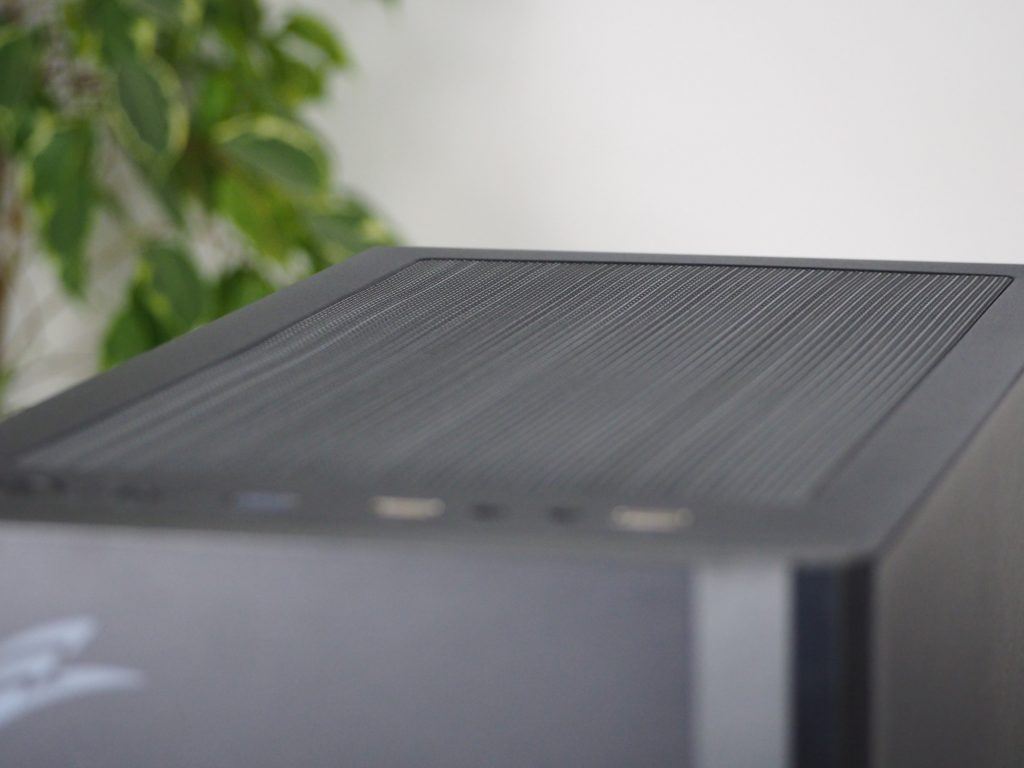
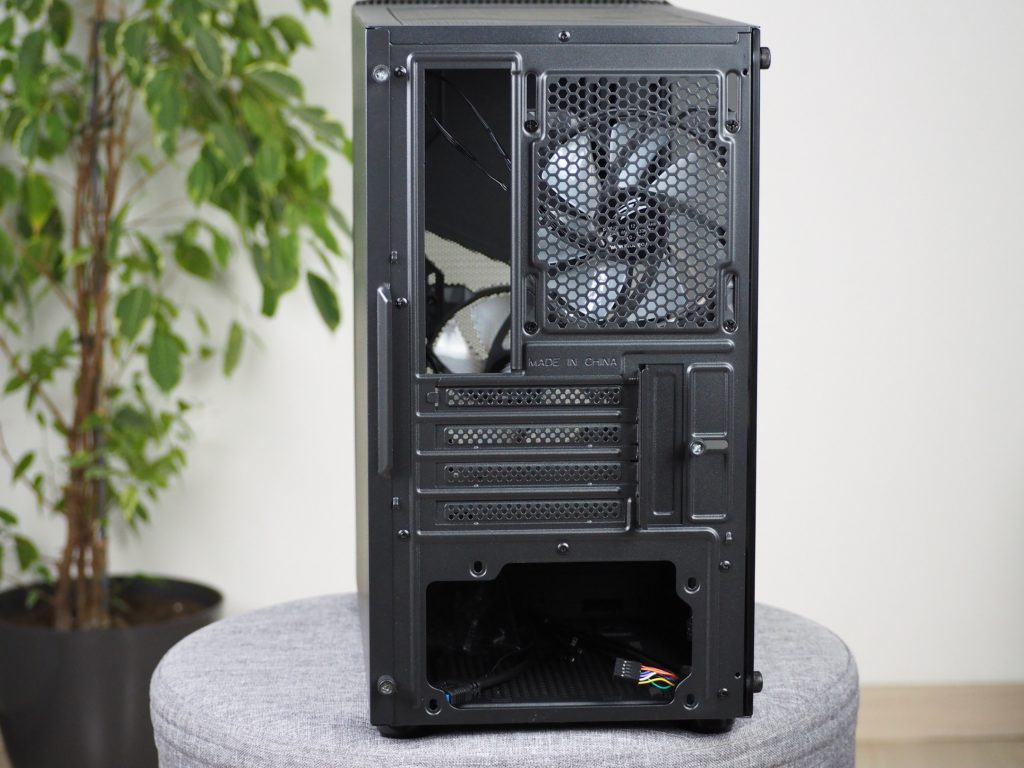
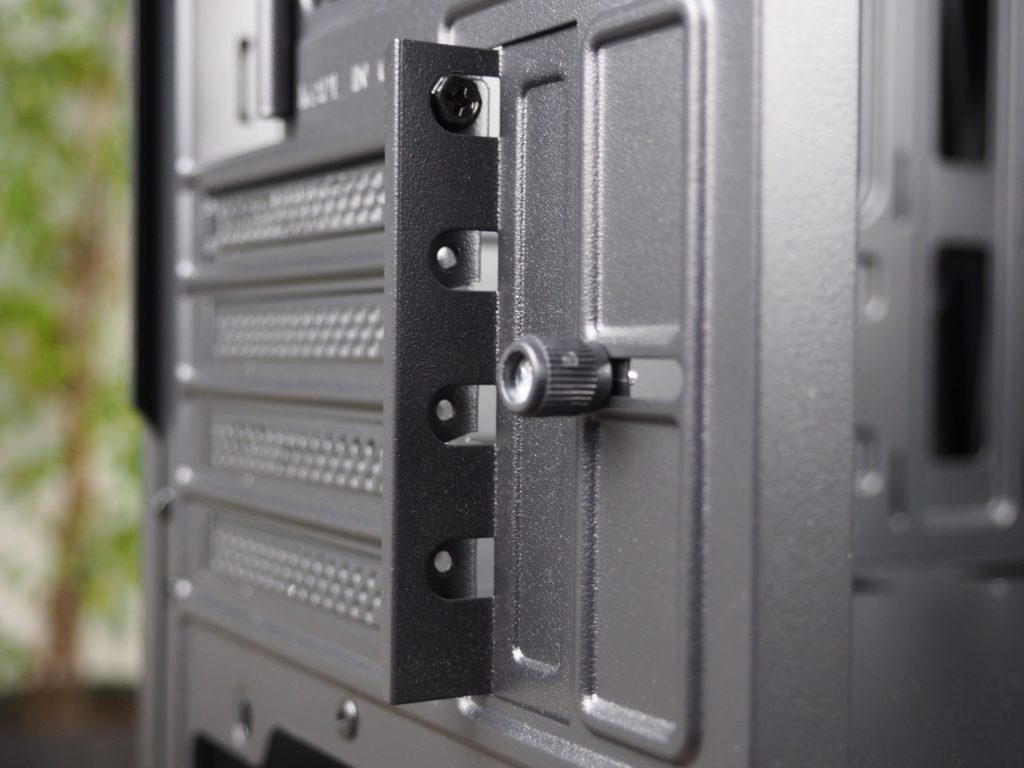
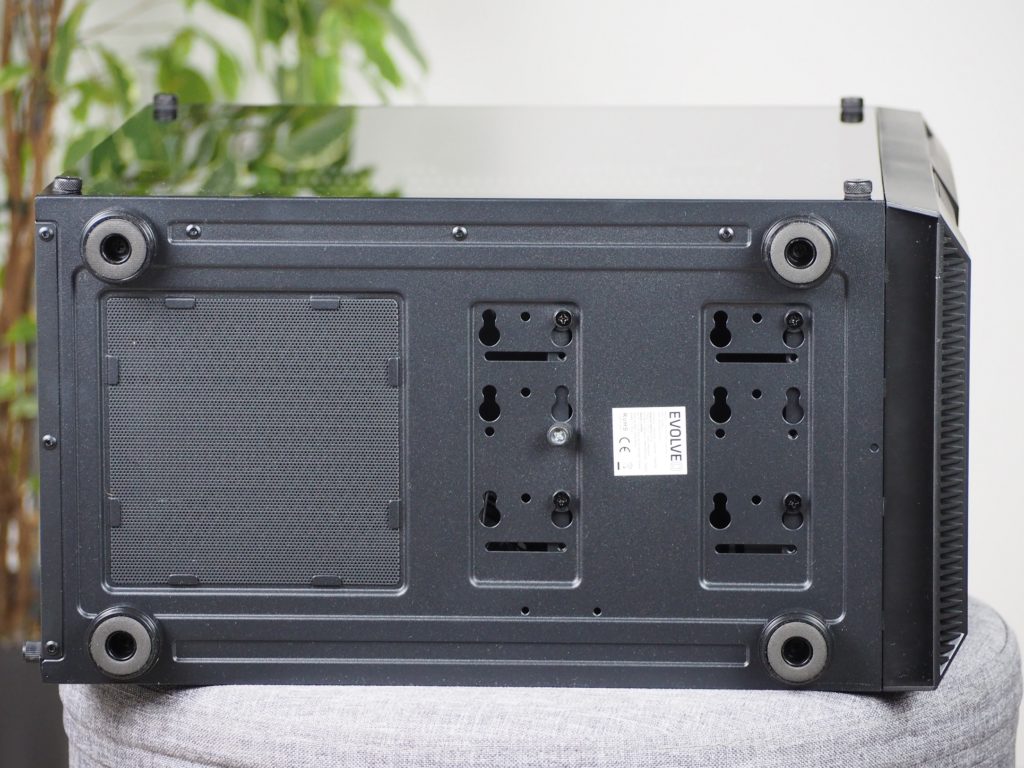



Hello, I just wanted to say how much I liked your pc cases reviews, noise normalized testing at few different levels, very important sheet metal thickness is something that no other reviewers or manufacturers tell and something that today can be disappointing even in pretty expensive cases. People need to know about actual mechanical properties of the cases as much as possible, because functionality is written in manuals and manufacturers websites, but they don’t tell you that your case panel will bend when you screw fan or radiator to it or that it falls apart when you try to take of something. Well that’s all I wanted to say, good luck. And start youtube, you can get big in it with good reviews.
Thank you for the compliments. We do not consider YouTube as a platform that is suitable for presenting our publications. We have a huge amount of data in most of our tests and it is based on the fact that everybody can choose what interests them (no need to wait for a lot of other things to pass that they don’t care about). Presenting it all in a video would be too boring for the typical viewer, and for the demanding user, who is primarily looking for hard data, it would be worse to navigate.
We like to write clearly structured xy-chapter articles, which contain, among other things, good details on testing methodologies. YT and videos in general are successful when the authors conceptualize it in the form of entertainment, often at the cost of embellishment or outright distortion of facts to create a desired wow effect. We will never do these things and instead focus on truly professional publications, and YT is not very good at that. See Aris’s PSU tests on Hardware Busters, which have pitifully few views. In short, not everything works in videos. In the same way, not everything works in text articles, the information value is much more important for their success.